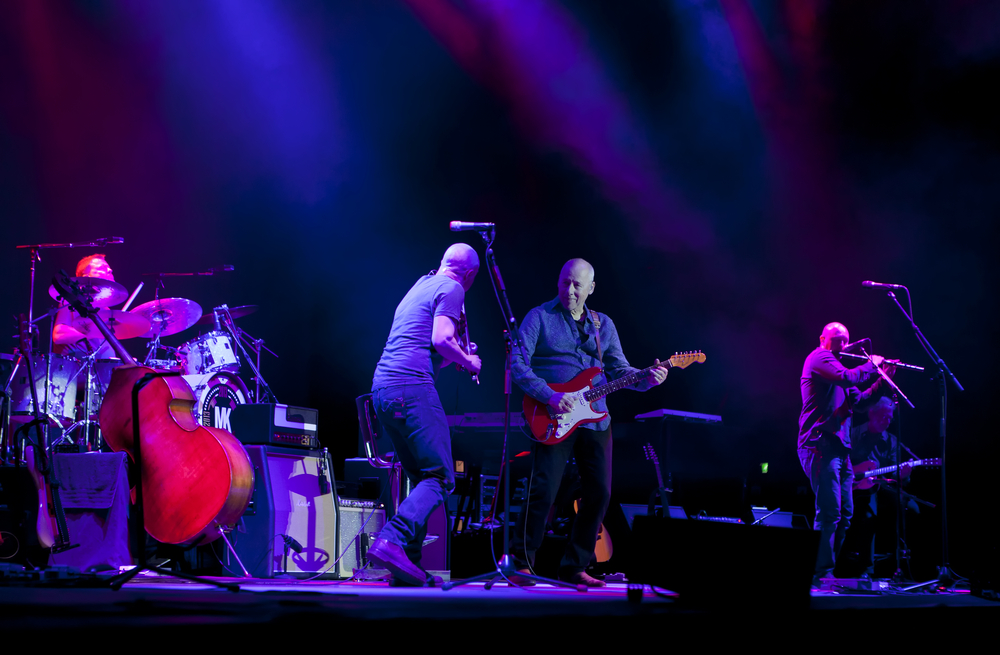Frequently found near the top of numerous ‘Best Guitar Riffs of All Time’ polls and a perennial favourite of middle aged air guitarists everywhere, ‘Sultans of Swing’ has become one of the band’s (and Mark Knopfler’s) signature songs in spite of its initially poor commercial performance. Failing to chart on its first release in 1978 and initially spurned radio airplay by the BBC to the extensive lyrical content, the song was re-released in 1979 and made an impact on the US charts which triggered success in the UK and elsewhere.
Although the star of the show is undoubtedly Knopfler’s guitar wrangling, Dire Straits bassist John Illsley supports ‘Sultans of Swing’ with a solid, precise bass line that is anchored to David Knopfler’s rhythm guitar part throughout. The verse progression outlines a slightly unusual vi – V – IV – iii chord progression (Dm – C – Bb – Am in the key of F major), which gives this section of the song a certain ‘Spanish’ air: music theory nerds will recognise the progression as a typical ‘Andalusian Cadence’ – so called because of its frequent use in flamenco music.
When the prechorus comes around, we finally land on the tonic chord of F – root notes are still the order of the day to underpin Mark Knopfler’s triad-based guitar hooks. There are some unison rhythmic hits that lead into the chorus, in which the bass doubles the song’s classic main guitar riff.
Dire Straits – ‘Sultans of Swing’ bass transcription PDF
Given that ‘Sultans of Swing’ takes its lyrical inspiration from Mark Knopfler’s experience of watching a jazz band playing their hearts out to a rather indifferent crowd in a rather grim pub in Deptford (now one of south east London’s trendier suburbs) it seems fitting that the guitar solo should follow the jazz convention of following the form of the tune, encompassing the verse and prechorus sections before returning to an instrumental chorus.

